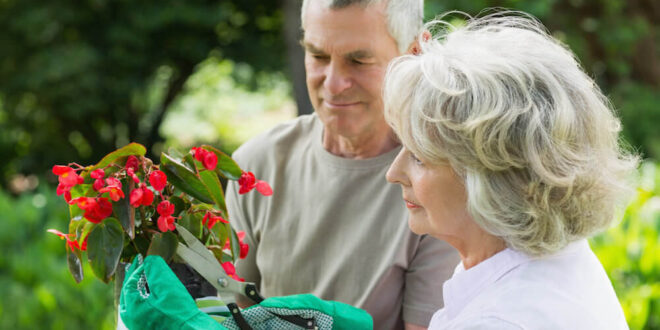Growing plants can seem like a wonderful idea for a very wide variety of reasons.
Maybe you want an herb garden to give your dishes a little extra kick with some fresh spices and herbs, maybe you want to grow a vegetable garden to save on your grocery bill or maybe you just want to spice up your decor with a splash of green.
But it can also be hard, especially for those new in the hobby. Plants dying is something you practically have to become used to if you want to start growing plants.
Just like with any other hobby, you are going to make mistakes and lose some progress.
But if you treat it correctly, every mistake you make is just another thing you’ve learned.
But also it’s kind of nice when you learn things not through mistakes.
That’s where I come in.
I can teach you some stuff, so you don’t have to learn it the hard way. Is this new information? An exclusive you could say?
No, no it isn’t. But what it is is still information and that’s knowledge.
Knowledge is the first step to success.
Watering Correctly
Watering your plants is easily the most active responsibility you have when it comes to gardening. Depending on the conditions of where your plants live if you miss a watering they could die very quickly.
But in the opposite direction if you water your plants too much they will die too.
This means you have to try and water your plants just the right amount for them to be both happy and healthy.
It’s easier said than done of course.
Over-watering and under-watering are very easy mistakes to make when you are first starting and recognizing the signs, or differences, of each can be difficult for newcomers.
One of the first things you should do is learn how to tell how much water is already in some dirt.
Because this is really what matters when you get down to it. When you can figure out how long it takes for watered soil to dry out then you can figure out how best to spread out the watering.
To measure soil moisture levels you can use quite a few methods.
The easiest one is just stick your finger in the dirt and see if it’s wet.
It works practically all of the time and you’ll quickly learn how to get a “feeling” of exactly what the moisture level of the dirt is.
Of course if you want a more specific and accurate measurement of the dirt there are more advanced methods.
One of them is simply getting a soil moisture meter which is a little device with two metal prongs you stick into the dirt.
Then it tells you whether the dirt is wet. It’s really simple when you get down to it.
Drainage Holes
If you want to manage how long your soil stays moist after watering you are going to need drainage holes.
If the soil stays too wet for too long it can actually be detrimental for the plant.
Depending on the plant it can actually kill it very easily.
Some plants need the soil to dry out completely between watering, sometime if you let the soil stay wet a type of mold or fungus can grow on the roots of the plant; killing it.
So the best way to deal with this is to have the soil be able to drain the water out someway.
The best and easiest method of doing this is to just put a bunch of holes in the bottom of the pot.
I’m talking a lot of holes.
Because once you put rocks, dirt and a plant in it you aren’t going to be able to drill anymore holes in the bottom of it.
So you are going to want to make sure you have some.
Another great idea is to test them, so you can make sure the water will actually be able to drain.
When you have your pot full of rocks and the first layer of dirt before adding plants, just pour water in and see if it will flow out of the bottom slowly after a few minutes.
If it does then your pot has drainage. If it doesn’t you should try and fix that.
 HammBurg Be informed with latest news, reviews, entertainment, lifestyle tips, and much more.
HammBurg Be informed with latest news, reviews, entertainment, lifestyle tips, and much more.




